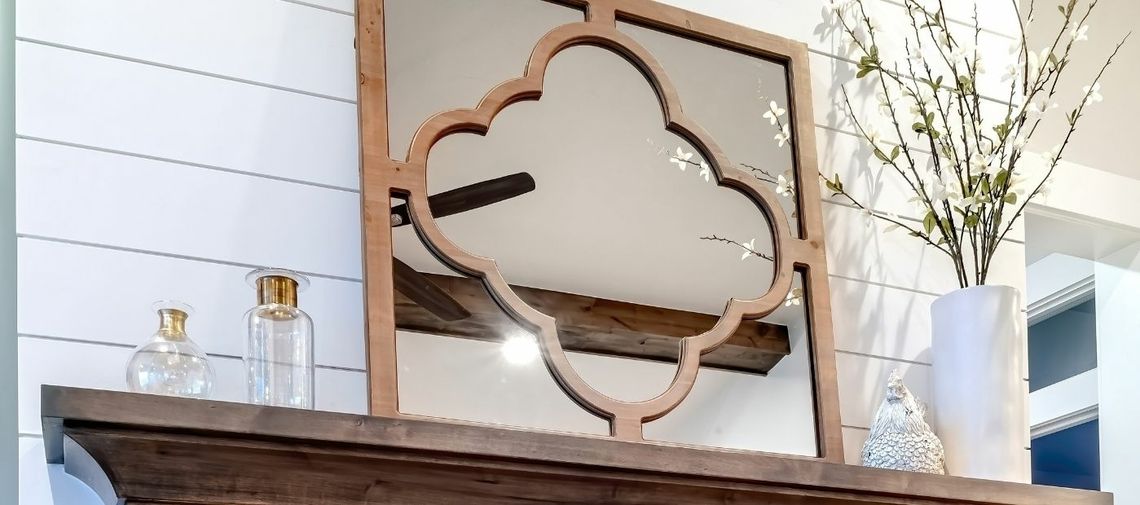When artists create a piece, they usually incorporate a focal point into the painting or sketch. The focal point is the spot in the painting that naturally draws the eye. In Van Gogh’s
Starry Night, we immediately notice the sky. In the
Mona Lisa, our eyes go to her mysterious smile. The same concept applies to interior design. A good designer will create a focal point that instantly draws attention. These ideas for creating a focal point in a room will help you turn your space into a work of art.
Architectural Features
Many spaces already have an inherent focal point. For instance, a large set of windows or a large fireplace tend to be natural focal points. In these instances, build your room around these features instead of trying to create a different focal point elsewhere. This strategy will make the design more cohesive. Windows are easy to highlight with trim, drapes, or occasionally, a potted plant. Adding a piece of art over the fireplace or refinishing the trim will highlight this feature in your room as well. The rest of the décor in the room should lead the eye back to these features.
Furniture pieces
If there isn’t a built-in focal point, then it will be up to you to create one. Furniture pieces can be easy focal points because of their size, especially if they are tall. Shelves, armoires, or lighting fixtures are good choices for this. You can also draw the eye to your focal point using color or designs. Refinishing your pieces with bold colors or designs will attract the eye and make a good foundation for building the rest of the room.
Art and Wall Hangings
The purpose of art is to draw the eye, so using a piece of art to create a focal point in a room makes sense. Some choose to use a large painting or framed portrait to draw attention or fill a space with multiple smaller pieces for a “gallery” effect. Art isn’t the only thing one can hang on a wall, though. Mirrors, hanging clocks, and tapestries also catch the eye. Mirrors, especially, have the bonus of making any space look a little bigger.
Accent Wall
Rather than hang art on the wall, you can turn the wall itself into a piece of art. Accent walls not only add another layer of visual interest into the space, but they can also make a room feel larger or cozier. While most people create an accent wall by simply painting one wall a different color than the others, there are
numerous ways to design a stunning accent wall even with limited experience.


Comment
Comments